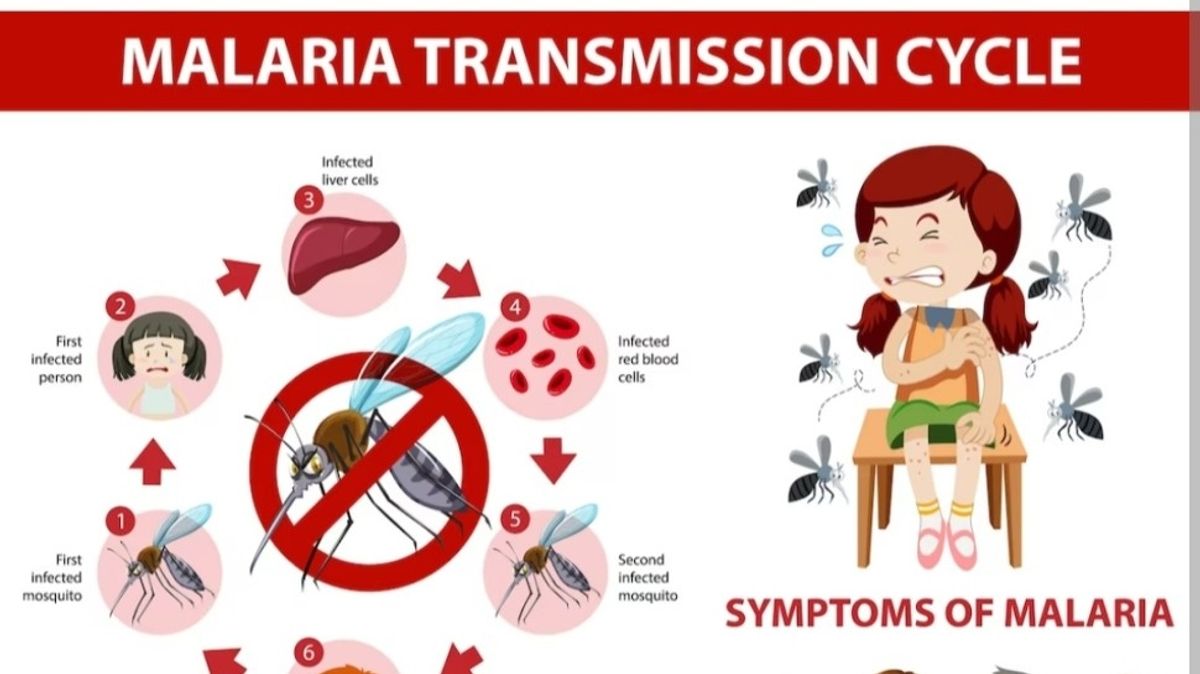

Researchers at Friedrich-Alexander University Erlangen-Nürnberg (FAU) have made a significant breakthrough in the fight against malaria by developing autofluorescent compounds. By combining the anti-malaria drug artemisinin with coumarin, the researchers have created compounds that exhibit autofluorescence properties. These compounds have shown the ability to visualize the medication's impact in live cells and effectively destroy drug-resistant malaria pathogens. This development opens up new possibilities for the development of future autofluorescent agents to combat malaria and revolutionize treatment.
Malaria, transmitted by infected Anopheles mosquitoes, is a severe public health challenge globally. Symptoms include fever, chills, aches, sweating, coma, seizures, and jaundice. Preventive measures include wearing full clothing, using insect repellents, minimizing outdoor excursions during peak mosquito activity, eliminating standing water, and using protective nets. Recent advancements include a rapid diagnostic test and the Phase 3 efficacy trial of the R21/Matrix-MTM malaria vaccine. Climate change is increasing the distribution range of malaria-carrying mosquitoes. The fight against malaria continues through early detection, preventive measures, and research.
The researchers at FAU have successfully combined artemisinin, an anti-malaria drug, with coumarin to create autofluorescent compounds. These compounds not only retain the effectiveness of artemisinin in destroying malaria pathogens but also exhibit autofluorescence properties. This means that they can be used to visualize the impact of the medication in live cells, providing valuable insights into its mechanism of action.
The ability to visualize the medication's impact in live cells is a significant advancement in the fight against malaria. It allows researchers to study the effectiveness of the drug and identify any potential resistance mechanisms. By understanding how the drug interacts with the malaria parasite, scientists can develop more targeted and effective treatments.
The development of autofluorescent compounds also holds promise for combating drug-resistant malaria. Drug resistance is a major concern in the treatment of malaria, as it limits the effectiveness of existing medications. The autofluorescent compounds developed by the researchers at FAU have shown the ability to destroy drug-resistant malaria pathogens, offering a potential solution to this problem.
This breakthrough in developing autofluorescent compounds to combat drug-resistant malaria is an exciting development in the field of malaria research. It opens up new possibilities for the development of more effective treatments and could revolutionize the way malaria is treated and controlled.
Source: Express Healthcare Management [52fdbd93]
Image: [fc066b68]